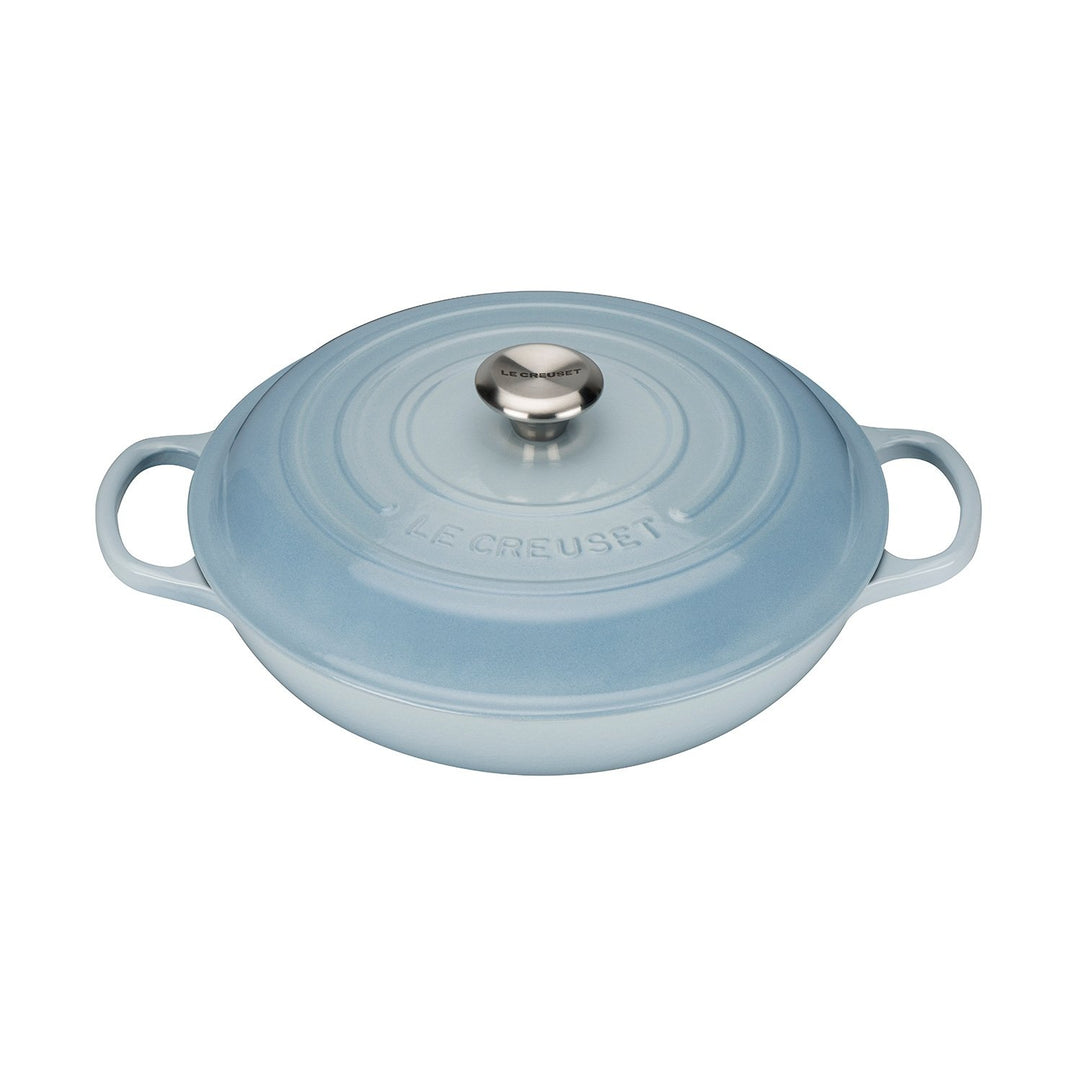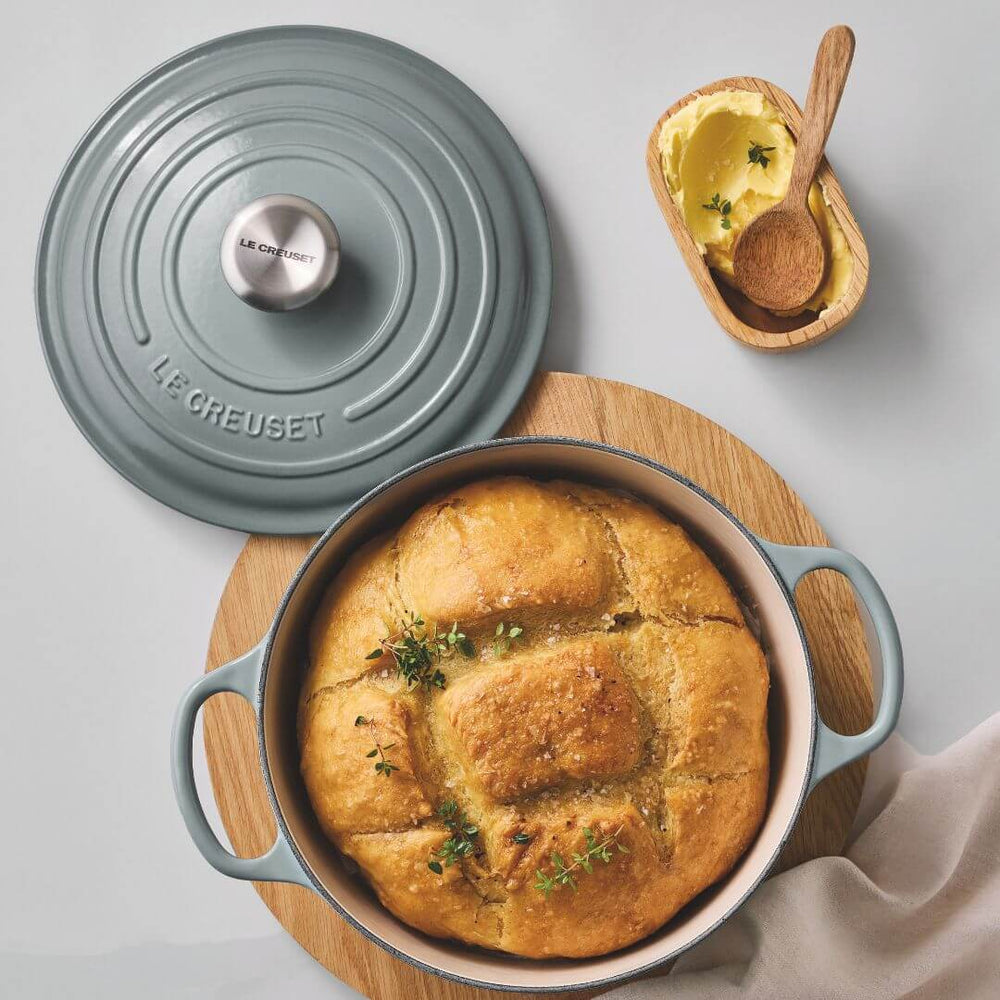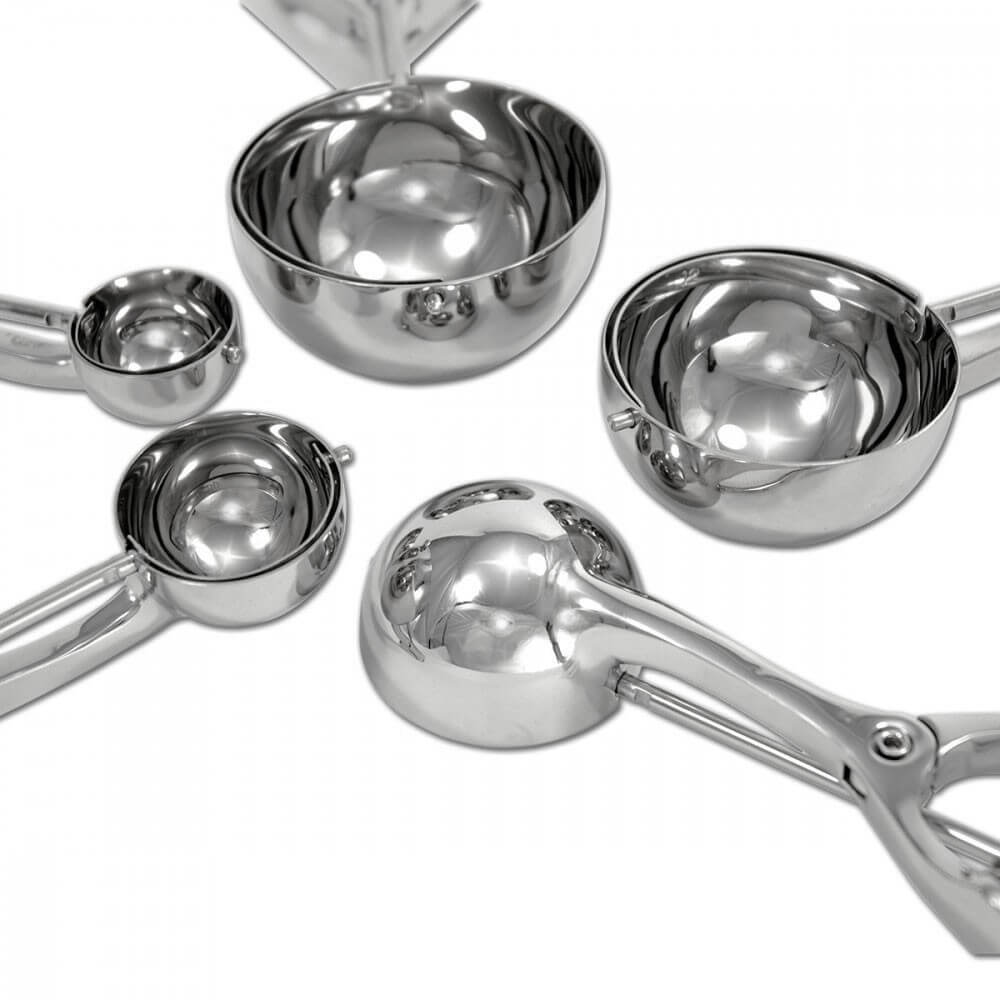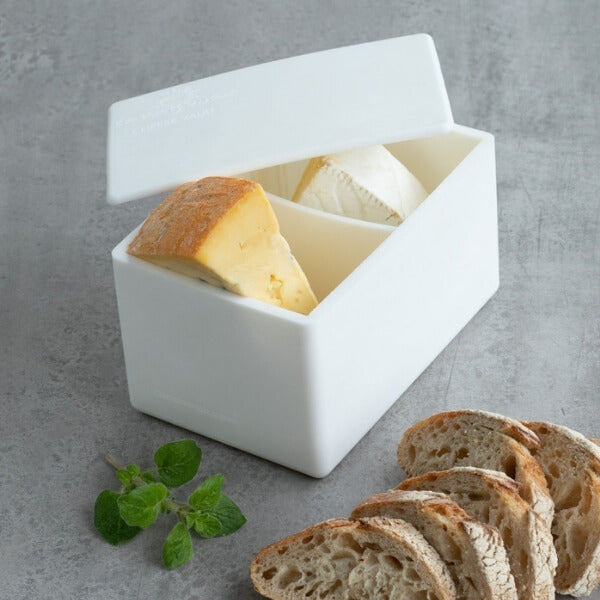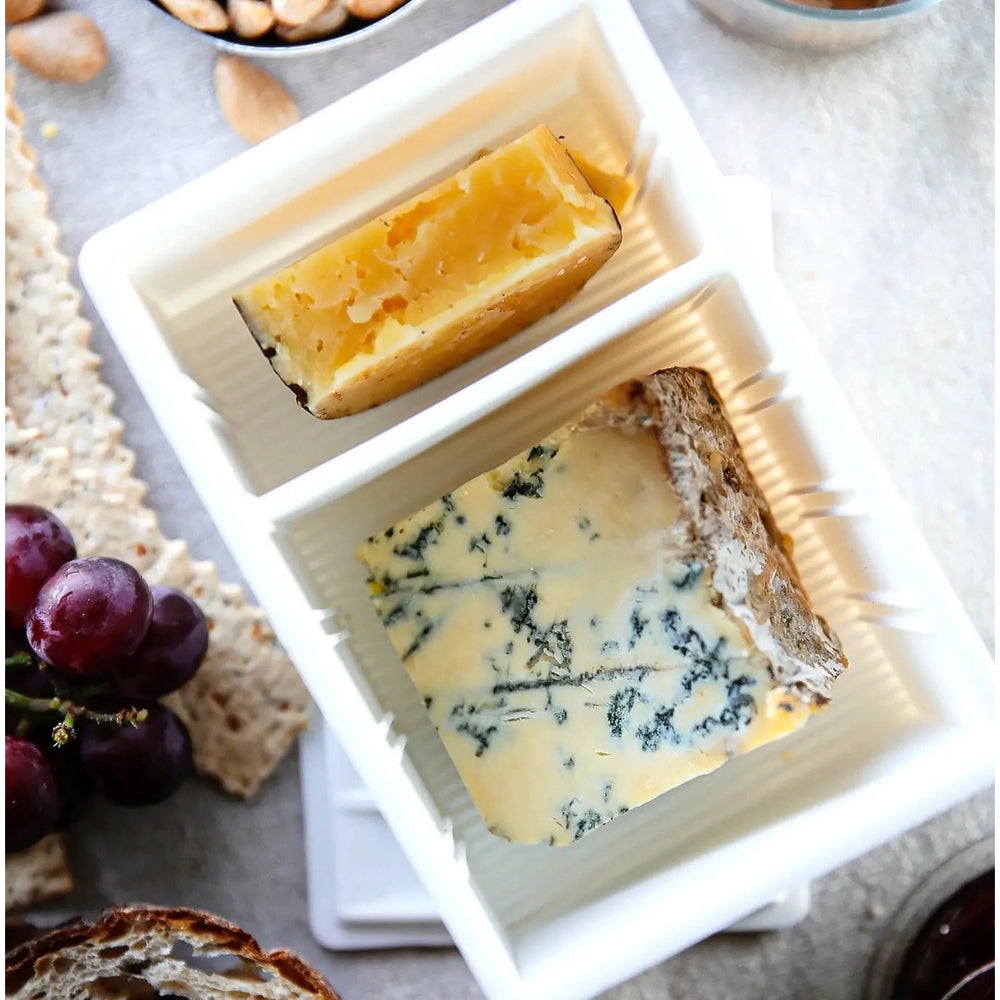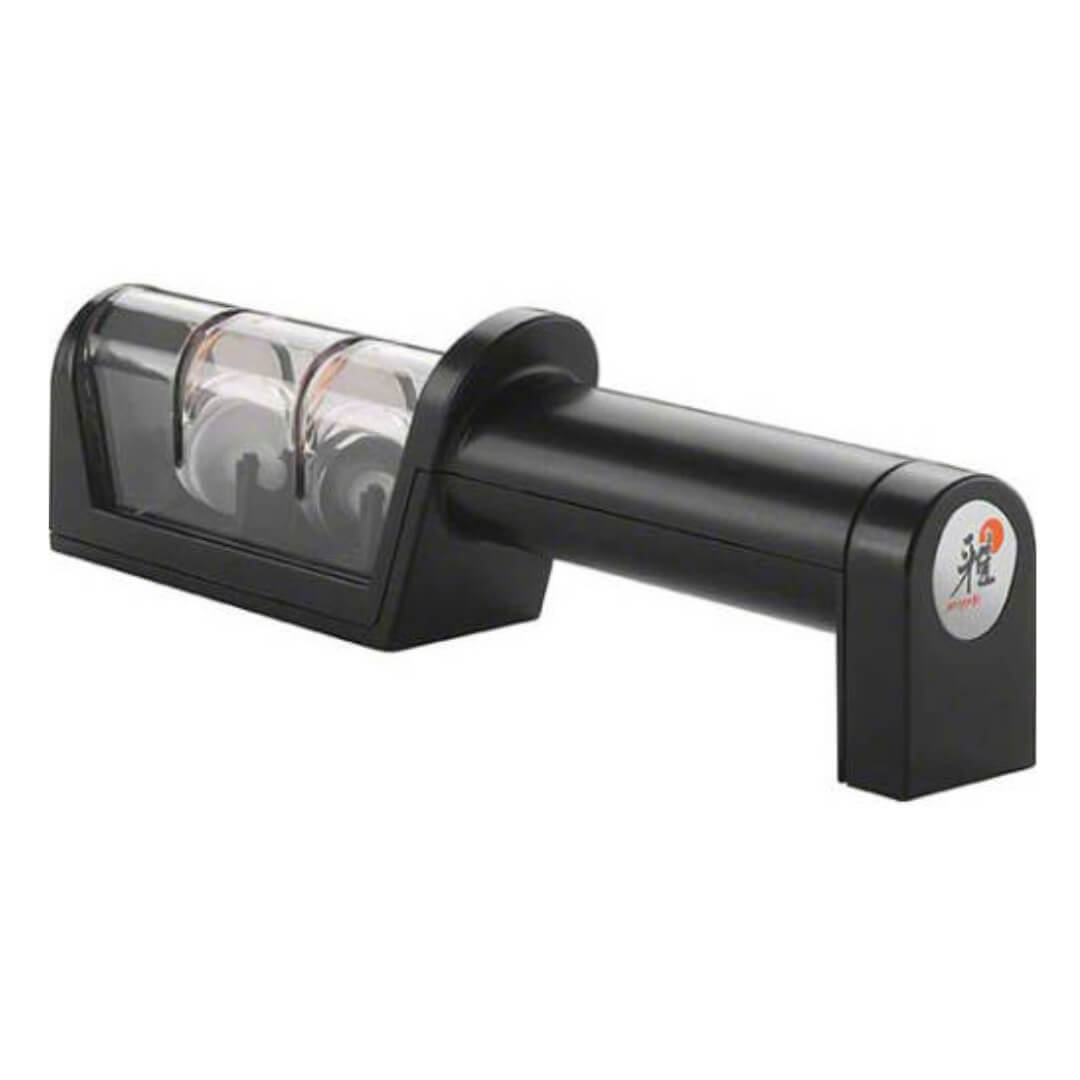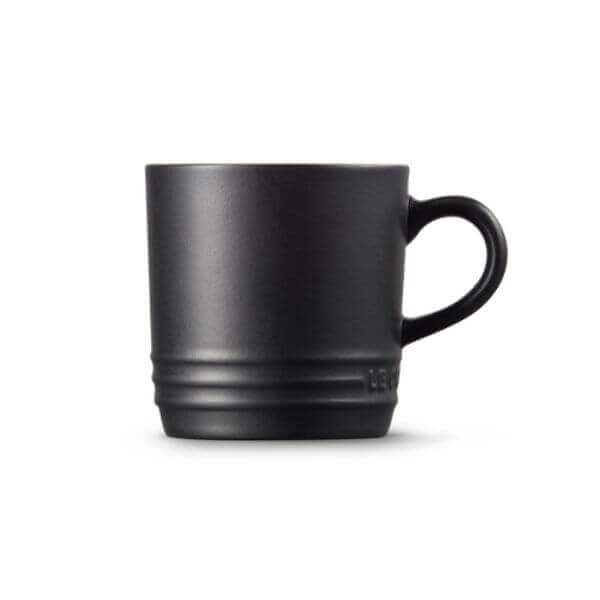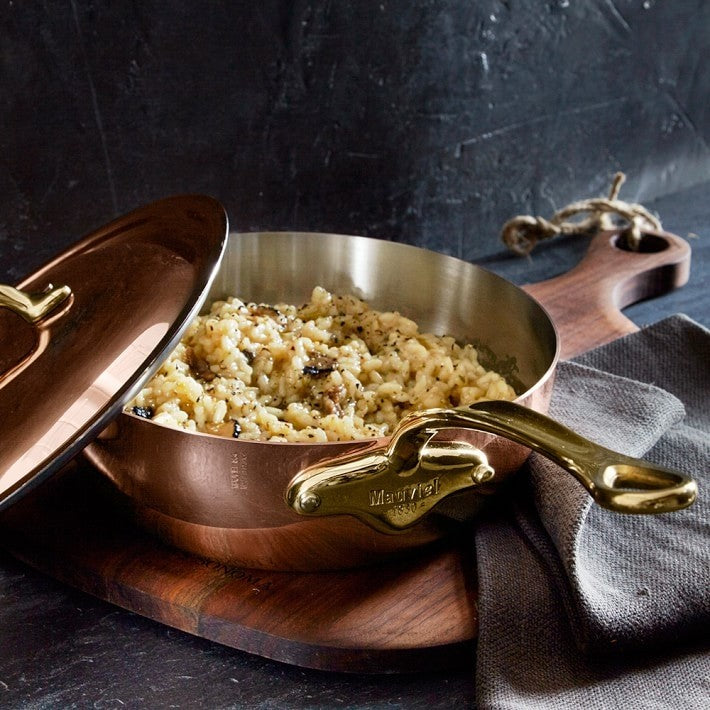Milly's 101: The Perfect Risotto
A bowl of creamy, soothing risotto is just the comfort food ticket for when the weather is dreary, the heart is aching or the cupboards bare. Infinitely variable, a good risotto, well made, is up for any challenge from full-on black-tie elegance through to Tuesday night ‘throw together from what’s in the fridge’ simply master the technique and you can throw together a delicious serving with any ingredients. The Milly’s team have made acres of risotto in their time and we’ve fielded every question you could think of about how to get the perfect slightly runny, super creamy bowl of this most Italian of comfort foods, here's what you need to know...
Making risotto is really a technique rather than recipe. Follow the steps and take care with a few rules around how and when to add your ‘flavourings’ and you’re guaranteed great results every time.
First things first, what’s the right rice (and can I use ordinary rice?)The simple answer ‘no’, not all rice is created equal when it comes to risotto. Look for Italian ‘arborio’ which will make a reasonably creamy risotto that will be perfect for casual family meals. Arborio is comparatively inexpensive and readily available in most supermarkets under various brands. If you’re pushing for ‘next level’ go for either Carnaroli or (our favourite) Vialone Nano for the perfect silky finish. We generally allow 1/3 cup or about 120g of rice per person for a generous serving.
And a saucepan is ok, right? We recommend a wide based, heavy bottomed sauté type pan with medium-low straight or slightly flared sides. Go for a size that will allow rice to spread out in a single layer on the base. This allows for the correct rate of evaporation of your stock (and you don’t end up with risotto sloshing over the sides when you’re in your stirring phase) .
Ok, I have my rice and my pan, now what? Start by assembling everything you need – finely chop your onions and garlic (if using), measure your rice, heat your stock and gather your flavourings and finishings as once you’re stirring there’s no leaving the stove and things happen in a hurry. Heat your pan over a medium heat, add your oil or butter (or combo of both) then add your onion and garlic. Saute until translucent and fragrant but never brown. Then add your rice and ‘toast’. Toasting coats the rice in oil and brings out the delicious flavour – again don’t allow it to brown, merely to mellow. When it’s done ‘toasting’ (about 2 minutes) it will smell deliciously nutty and it will sound different (weird to say, I know, but pay attention and you’ll get it). Next deglaze your pan with a generous splash of white wine – you don’t have to but this will add another layer of flavour which is particularly good if you’re making a simple risotto. And now it’s time for your hot stock - one part rice to three parts liquid …
A word about stock … the essence of risotto is a reduced stock base so take care with what you start with. An overly seasoned or salty stock will just become more so upon reduction. If you can, try to use an unsalted stock (even better, make your own) so you can control how much seasoning and when.
Talking about stirring, do I really have to stir it all the time and why do I have to add it soooo slowly? Short answer, yes, stirring is good. There are lots of recipes for the ‘no-stir’ method but if you’re wanting that perfect creamy, unctuous bowl of comfort you’ll need to devote about 15 minutes to coaxing the starch from each grain of rice and agitation is the best way to do this (do as we do and arm yourself with a glass of wine). Add hot stock half a cup at a time and stir well between each addition. Your heat should be quite high and your stock should evaporate reasonably quickly. Don’t add the next lot until you can draw your spoon through the rice and leave a clear path. Don’t rush through this step – you’re going for creamy not gluggy! Once all your stock has been added you can go ahead and add flavourings like spinach and other leafy greens, seafood, cured meats, olives etc (or the Tuesday night fridge empty).
Finally, you’ve added all your stock and all that’s left to do is to enrich your risotto with a knob or two of butter, a little grated parmesan, a few threads of lemon zest, freshly ground pepper or freshly chopped herbs – it’s up to you.
Make sure you serve your risotto immediately while it’s still slightly runny (someone once said that it should ‘run slighty on the plate and then stop – it shouldn’t be soup and it shouldn’t be stodge’) the longer you leave it before serving, the more solid it will become.


